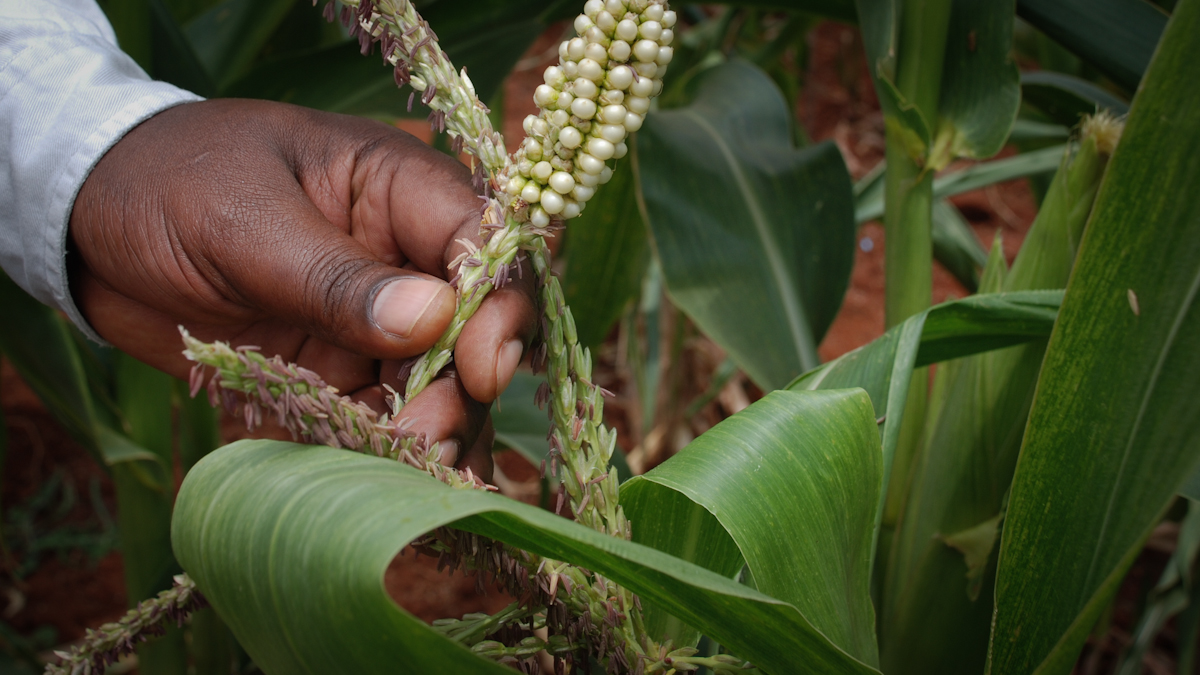
The Supreme Court’s Technical Expert Committee, as well as two unanimous reports from multi-party parliamentary standing committees, have recommended that genetically modified (GM) herbicide-tolerant (HT) crops be prohibited in India.
Why transgenic technology is troublesome?
- Uncontrollable and irreversible: Unlike other technologies, transgenic technology is uncontrollable and irreversible once released into the environment.
- Self-propagation and proliferation: Living Modified Organisms (LMOs), as Genetically Modified Organisms (GMOs) are referred to in the Cartagena Protocol on Biosafety, propagate and proliferate.
- Long-term evaluation is required: This process cannot be reversed. As a result, any deliberate environmental release must be preceded by a thorough, independent, peer-reviewed assessment of the long-term implications.
- Precaution is required: Because of the unpredictability and time lag of serious outcomes manifesting in highly complex living systems, as well as their irreversibility, the precautionary principle is a cornerstone. To use an analogy, not a single one of India’s 330 invasive species (such as lantana and parthenium) has been eradicated, despite an estimated Rs 8.3 trillion in damage caused by just ten of them!
Reality check on GM crops
- Fewer countries adopted GM technology: More than 25 years after their introduction, GM crops are still grown in only 29 of 172 countries worldwide. Furthermore, 91% of GM crop area is still concentrated in just five countries (USA, Brazil, Argentina, Canada, India).
- BT cotton demand is declining: Most European and Japanese countries, as well as Israel, Russia, and Malaysia, do not grow GM crops. Bt cotton area has been declining in China, a first adopter, and non-GM hybrid technology is used for rapeseed/mustard.
- Over 85 percent of GM crops grown have only two traits: herbicide tolerance (HT, where crop plants are modified to withstand large amounts of toxic weed-killing chemicals), and/or insect resistance (pesticidal toxin, usually Bt, is produced inside the plant).
Harmful impact of HT crops
- Ecological damage: HT crops cause both ecological and human health problems for consumers. Once declared safe, the effects, like tobacco, take time to manifest.
- Honey production will be harmed: According to beekeepers, HT mustard will harm honey production, and contaminated honey will harm exports.
- Human health will be affected: Independent research on GM crops and associated herbicides, which were once claimed to be “safe” by developers and regulators, has documented probable carcinogenicity, neurotoxicity, reproductive health problems, organ damage, and so on.
- Campaign against the release of GM crops: Over 100 eminent Indian doctors have expressed their concerns, requesting that no HT food crops be released and that the planted GM mustard be uprooted before flowering, as thousands of doctors have done in other countries.
Issues with DMH-11 Mustard crop
- Mustard is not an HT crop, according to the proponent: It is claimed that DMH-11 is not an HT crop because the use of the Bar gene, which confers a herbicide tolerance trait, is primarily for pollination control technology in creating hybrids, and glufosinate herbicide will be used only during seed production.
- Opponent claims it is an HT crop: The reality is that because the Bar gene is present in both parental lines, and thus in all of their hybrid offspring, this GM mustard can withstand application of a toxic weedkiller, glufosinate, even in farmers’ fields. As a result, it should have been evaluated as an HT crop.
- Government failed to prevent illegal use of HT cotton: If governments have been aware of illegal planting of herbicide tolerant cotton and rampant illegal use of glyphosate on such HT cotton for more than ten years and have been unable or unwilling to stop it, what “regulatory process” will now prevent farmers looking for low-cost weeding options from spraying glufosinate on herbicide tolerant mustard?
Observations of SC and parliamentary Committee
- Lack of regulatory protocol: The ongoing Supreme Court cases concern serious flaws in our regulatory regime. Minutes of GEAC meetings and the “guidelines and protocols” section of the regulator’s website show a lack of regulatory protocols for HT crops.
- Inadequate bio testing: Despite this, a crop containing an HT trait is being released into the environment! The SC-appointed technical expert committee (TEC) and the unanimous multi-party reports of two parliamentary standing committees have revealed serious flaws and deficiencies in bio-safety testing.
- Against the release of genetically modified crops: They all agreed that herbicide-tolerant crops, such as GM Mustard, should not be released in Indian conditions.
- The ban was recommended by a government panel: Even the TEC’s government-appointed experts advocated for a ban on HT crops. The government cannot possibly call them unscientific.
- No independent testing participant: Testing on GM mustard was conducted using test protocols developed by the crop developer, with the applicant performing the majority of the tests. The committees that investigated the safety of GM mustard included no independent health experts.
- No biosafety data: Biosafety data for GM mustard has yet to be posted on the regulator’s website for independent review.
@the end
GM crop transgenic technology is fraught with complications. The government must strike a balance between biodiversity concerns and farmer welfare. Without credible data and scrutiny, an outright ban or permission must be avoided.
Source: https://www.thehindu.com/opinion/editorial/seeds-of-hope-the-hindu-editorial-on-gm-crops-and-scientific-consent/article66087013.ece
